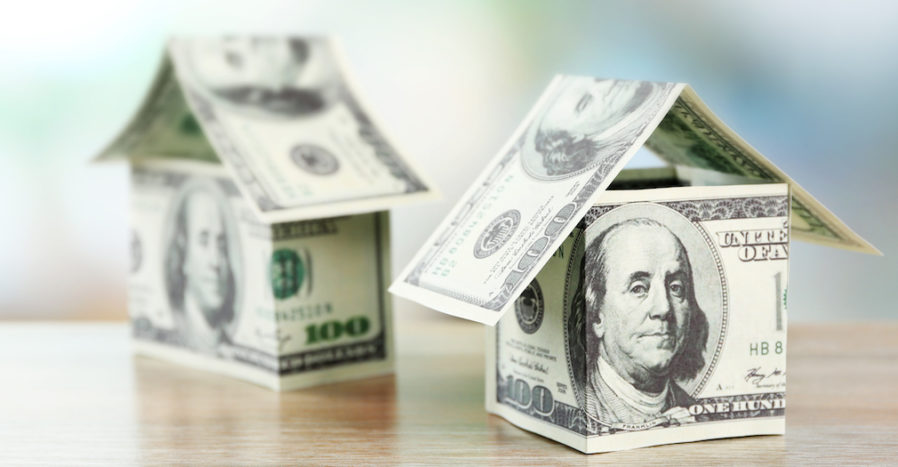In July, home prices rose 0.5%, declining 3.8% year over year, according to First American’s Real House Price Index.
According to First American’s data, unadjusted house prices sit 7.4% above the housing boom peak. Whereas consumer buying power ticked up 0.5% between June and July, increasing 12.2% year over year.
This means when consumer house-buying power is factored in, home prices are actually 41.1% below their 2006 peak and 17% below prices from January 2000.
“School bells ringing don’t just mark the beginning of a new school year, but for those in housing, they also signal the end of the typical home buying season, which begins in March,” said Mark Fleming, First American chief economist.
According to Fleming, the beginning of the school year marks the end of the spring home buying season, a season that brought in strong marks for affordability.
“Indeed, two of the three key drivers of the Real House Price Index, household income and mortgage rates, continued to trend toward increased affordability in July,” Fleming said. “The 30-year, fixed-rate mortgage fell by 0.8 percentage points and household income increased 2.4% compared with July 2018. When household income rises and mortgage rates decline, consumer house-buying power increases.”
Despite this increase, Fleming notes that the third component of the RHPI – nominal house prices – experienced a year-over-year increase of 8% in July, moderately stunting affordability.
“Yet, even though nominal house prices increased, the RHPI declined 3.8% compared with one year ago,” Fleming said. “Affordability improved year-over-year as the increase in house buying power more than offset the impact of higher nominal house prices.”
According to Fleming, between March and July 2019, overall affordability improved 2.7%. Consumer house buying power fueled the affordability growth, which increased to $410,271, a 6.7% gain since the start of the home buying season in March.
“Mortgage rates continued their spring swoon in July, falling to 3.77%, 0.5 percentage points lower than March,” Fleming said. “The decline in mortgage rates alone increased house-buying power by $23,900 since March 2019. Over the same period, household income grew by 0.4%, boosting consumer house buying power by $1,600.”
“Cumulatively, overall consumer house buying power increased by $25,500 in July compared with the beginning of the spring home buying season in March,” Fleming continued. “Once again, the growth in purchasing power was more than enough to offset the 3.8 said percent gain in nominal house prices over the same time. So, nationally, affordability did spring forward during the 2019 home buying season.”






